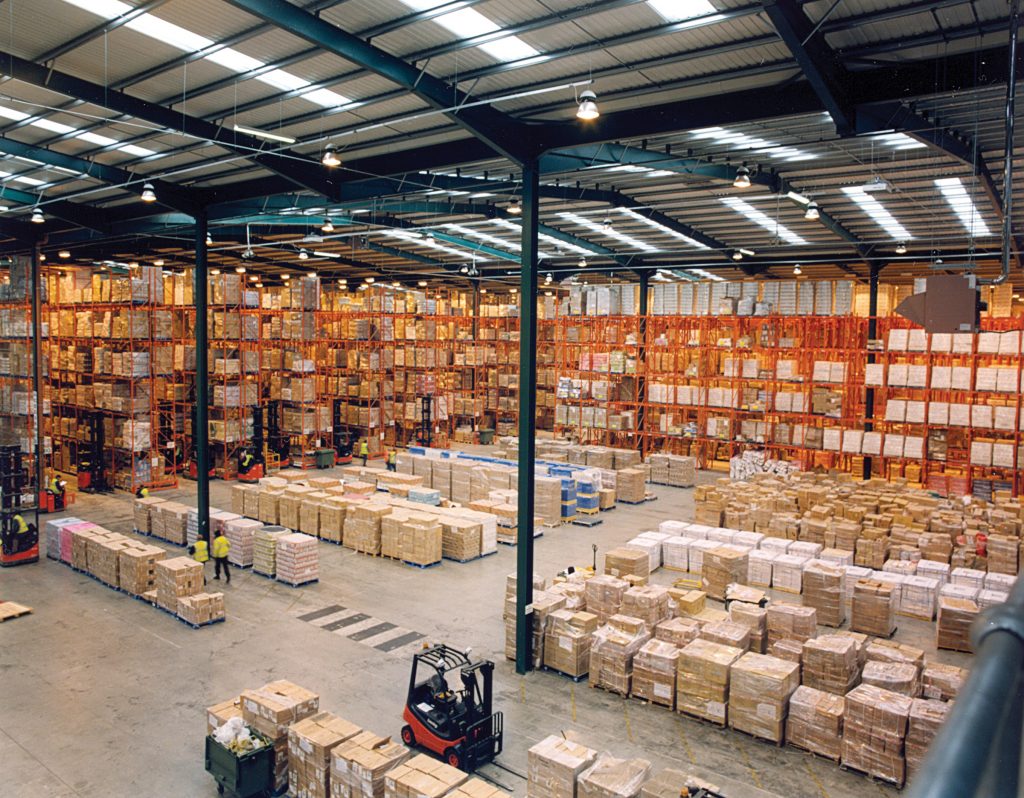
Text from SupplyChain247
Dynamic on-demand warehousing, quickly matching those needing space with facilities that have space available, is emerging to help facilitate the pace and scope of e-commerce’s logistics needs.
It is“dynamic” in the sense that the retailer can change the configuration frequently: based on demand conditions, warehouse space could be deployed at different locations, for different volumes, in a dynamic fashion.
The idea is that the shipper has access to a large network of warehouses, and can activate services “on the fly,” ranging from bulk pallet handling to fulfillment, in small to large volumes and for relatively short times.
For example, a small e-commerce retailer may decide to create half a dozen different distribution points, with as few as 50 pallets at each warehouse and little to no fixed time commitment. The warehouse provider would use its own labor and equipment to perform standard and optional services such as receiving, shipping, case pick, item pick and packing, and would charge the retailer on a per-unit basis.
In such a system, the retailer incurs no upfront fixed costs, and gains significant flexibility.
Dynamic on-demand warehousing is best suited to retailers with small but highly variable demand, such as emerging e-commerce retailers. For mid-size retailers, it can act as a buffer to handle unexpected demand variability, complementing a primarily self-operated and 3PL-based network.
The new flexible warehousing concept is a good example of what has been called “platform capitalism” – one of the fastest growing and most significant trends in the business-to-business (B2B) world, based on reports in publications such as The Guardian and the Institute for Network Cultures.
Over the last decade, electronic marketplaces have proliferated, providing an ever-wider range of services and business activities. The earliest marketplaces were largely business-to-consumer (B2C), dealing in tangible products – Amazon.com started out with books, and Zappos with footwear.
Increasingly, e-exchanges handle a host of services for businesses, ranging from basic administrative tasks to the outsourcing of large-scale manufacturing activities. For example, Kickstarter provides a platform for online fundraising; Innocentive crowdsources new ideas for participating companies.
In much the same way, marketplaces for warehouses provider “match-make” companies in need of warehousing space with places that can provide it.

